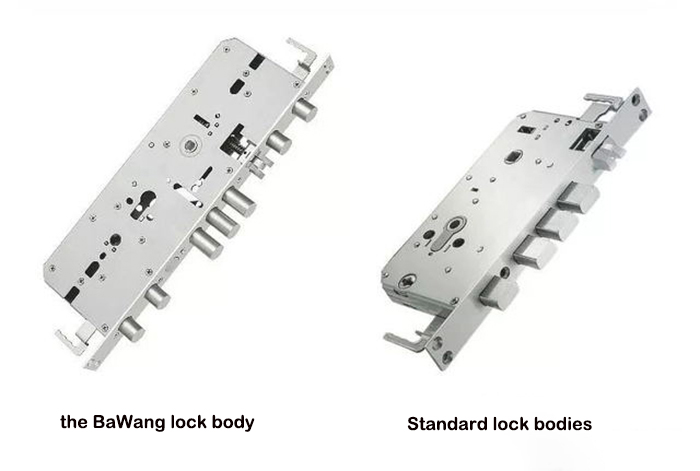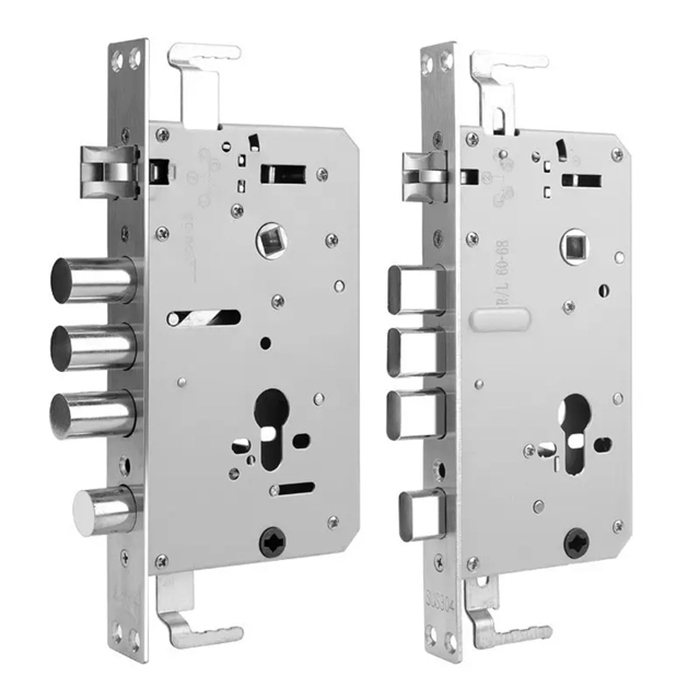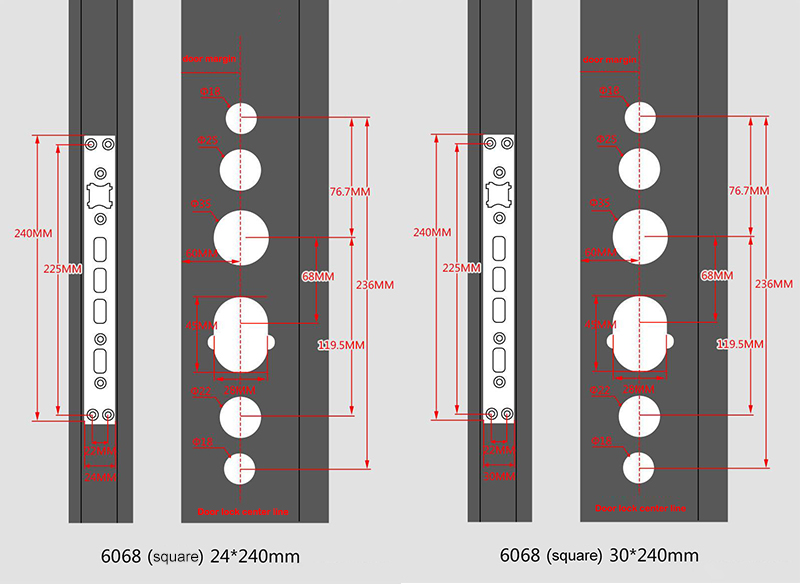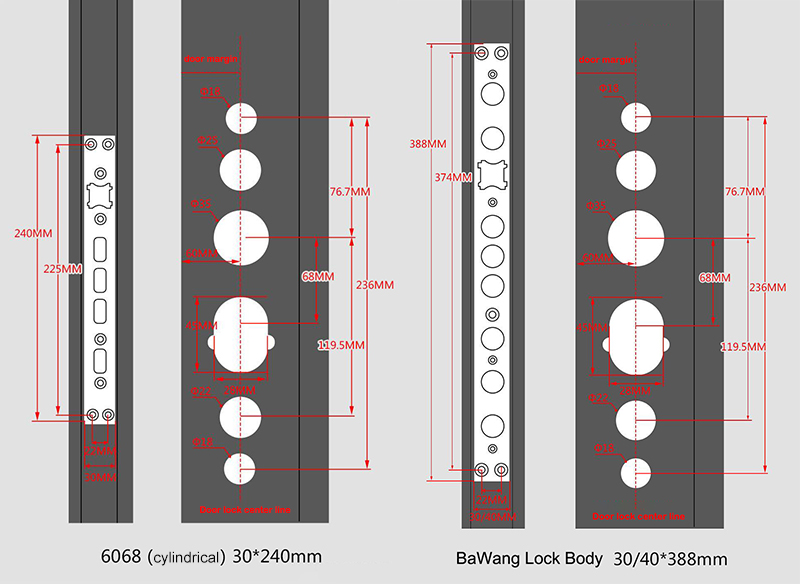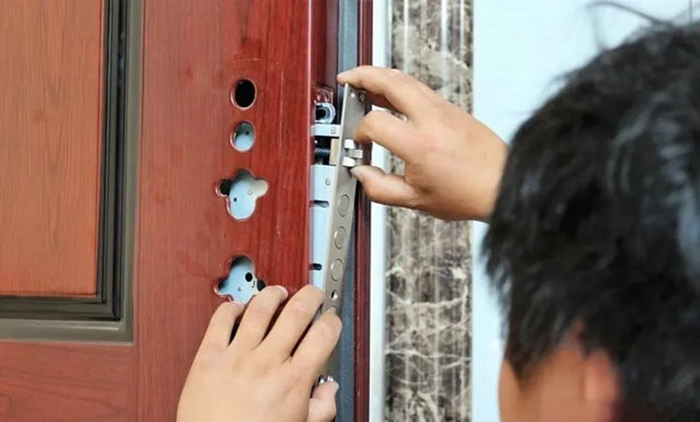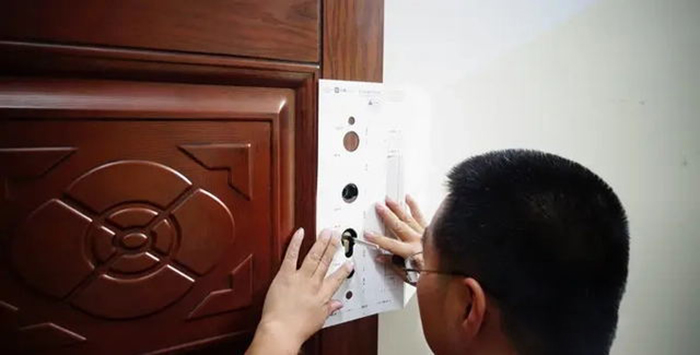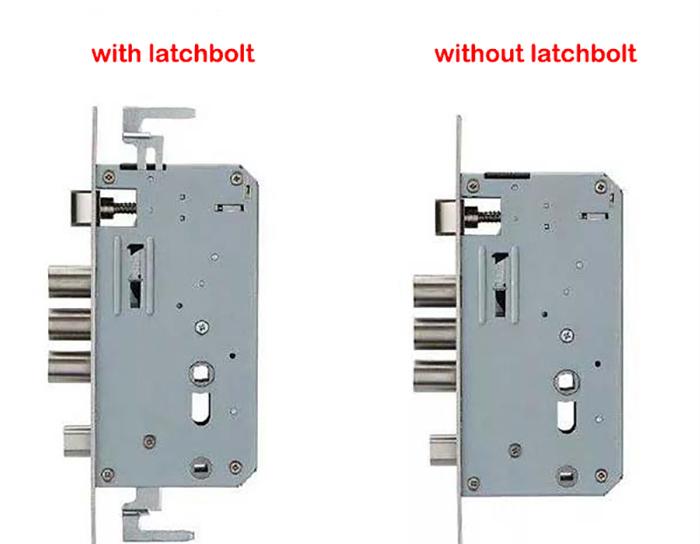When it comes to intelligent locks, the lock body is a vital component that determines the long-term stability of frequent door usage. Therefore, when choosing an intelligent lock, it is crucial to understand the following aspects about smart lock bodies!
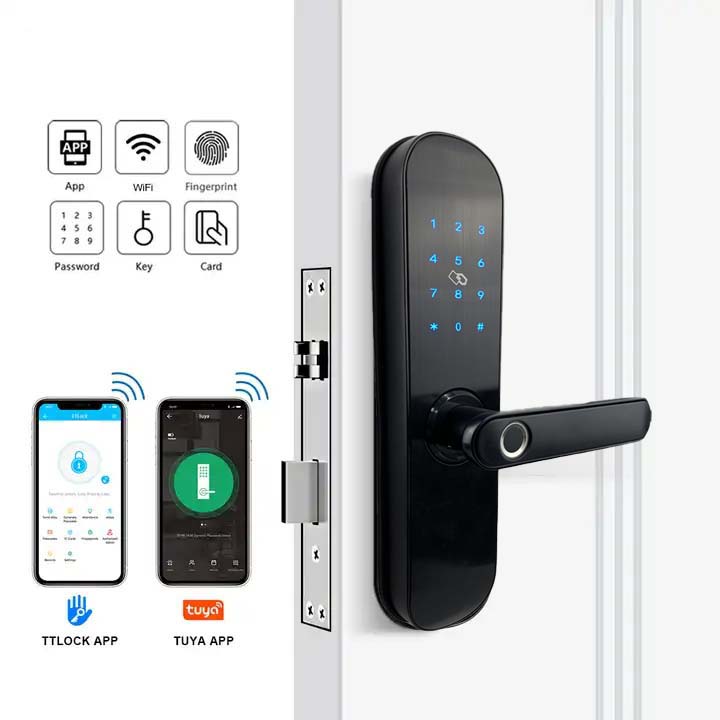
1. Materials of Lock Bodies
Generally, lock bodies are made of several materials, including stainless steel, copper, iron, zinc alloy, and aluminum alloy. Among them, stainless steel or zinc alloy is the best choice. Stainless steel offers excellent hardness and durability, while zinc alloy provides versatility and practicality.
Selecting lower-quality materials such as thin iron sheets or ordinary alloys may lead to rusting, mold growth, and reduced durability.
2. Common Sizes of Lock Bodies
Lock bodies come in different sizes, classified as standard lock bodies (such as the 6068 lock body) and non-standard lock bodies (e.g., the BaWang lock body).
① Standard Lock Bodies (6068 Lock Body)
The standard lock body, also known as the 6068 lock body or universal lock body, is widely used due to its simple installation, versatility, and compatibility. Most factory-installed door locks utilize this type of lock body.
Based on the shape of the latch, lock bodies can be cylindrical or square.
Cylindrical lock bodies are primarily used for stainless steel security doors, while square lock bodies are mainly used for wooden doors.
② BaWang Lock Body
The BaWang lock body is larger in size compared to ordinary lock bodies. It is a variation derived from the standard lock body and features two additional auxiliary latches, one at the top and one at the bottom.
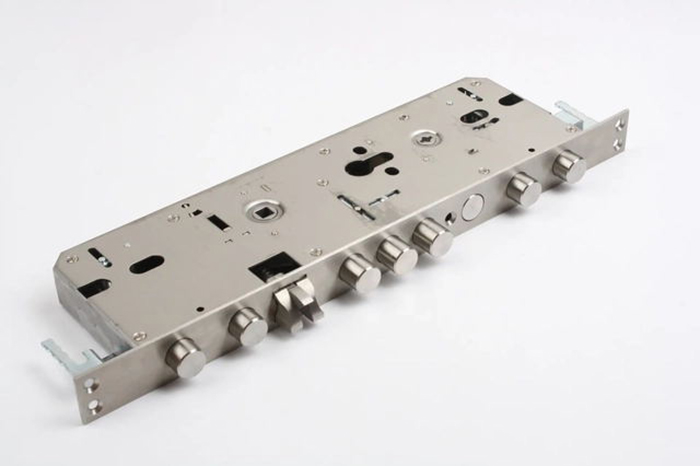
3. Pre-installation Preparation
When purchasing an intelligent lock, it is essential to ensure that it comes with a dedicated lock body. Therefore, it is necessary to know the dimensions of the lock body used on your door to determine the appropriate size for the intelligent lock.
The provided lock body dimension charts are suitable for most domestic anti-theft doors. Feel free to save them for future reference, so you don’t have trouble finding them later.
Once the lock body size is confirmed, proceed to the next step: pre-installation drilling preparation.
Start by removing the old lock body from the door. Then, compare the dimensions of the common lock body standard opening diagrams to determine whether the door panel needs to be drilled or enlarged.
If the dimensions match, simply insert the lock body into the door and secure it. If they don’t match, use the modification drilling diagram for the necessary adjustments.
4. Considerations
① Drilling
When performing pre-installation drilling, pay careful attention to the dimensions.
Follow the sizes and positions indicated on the drilling diagram strictly.
Drilling too small can cause deformation and compression of the internal circuit board, leading to the intelligent lock’s malfunction. Drilling too large can leave the hole exposed, significantly affecting the overall aesthetics.
② Measuring Door Panel Thickness
Intelligent locks have certain requirements regarding the door’s thickness. The door panel should be at least 40mm thick to accommodate the installation.
Note: The typical thickness of ordinary anti-theft doors ranges from 40mm to 60mm, which is suitable for most intelligent locks.
③ Assessing the Presence of Additional Latches
It is generally not recommended to use lock bodies with additional latches, even if some intelligent locks support them. If possible, remove any additional latches.
Intelligent lock bodies are driven by internal circuits, and the presence of additional latches poses a challenge to the stability of the lock itself. Aside from reducing the lifespan of the intelligent lock, the existence of additional latches can create safety hazards if they get stuck or detached during emergencies.
Post time: Jun-08-2023

